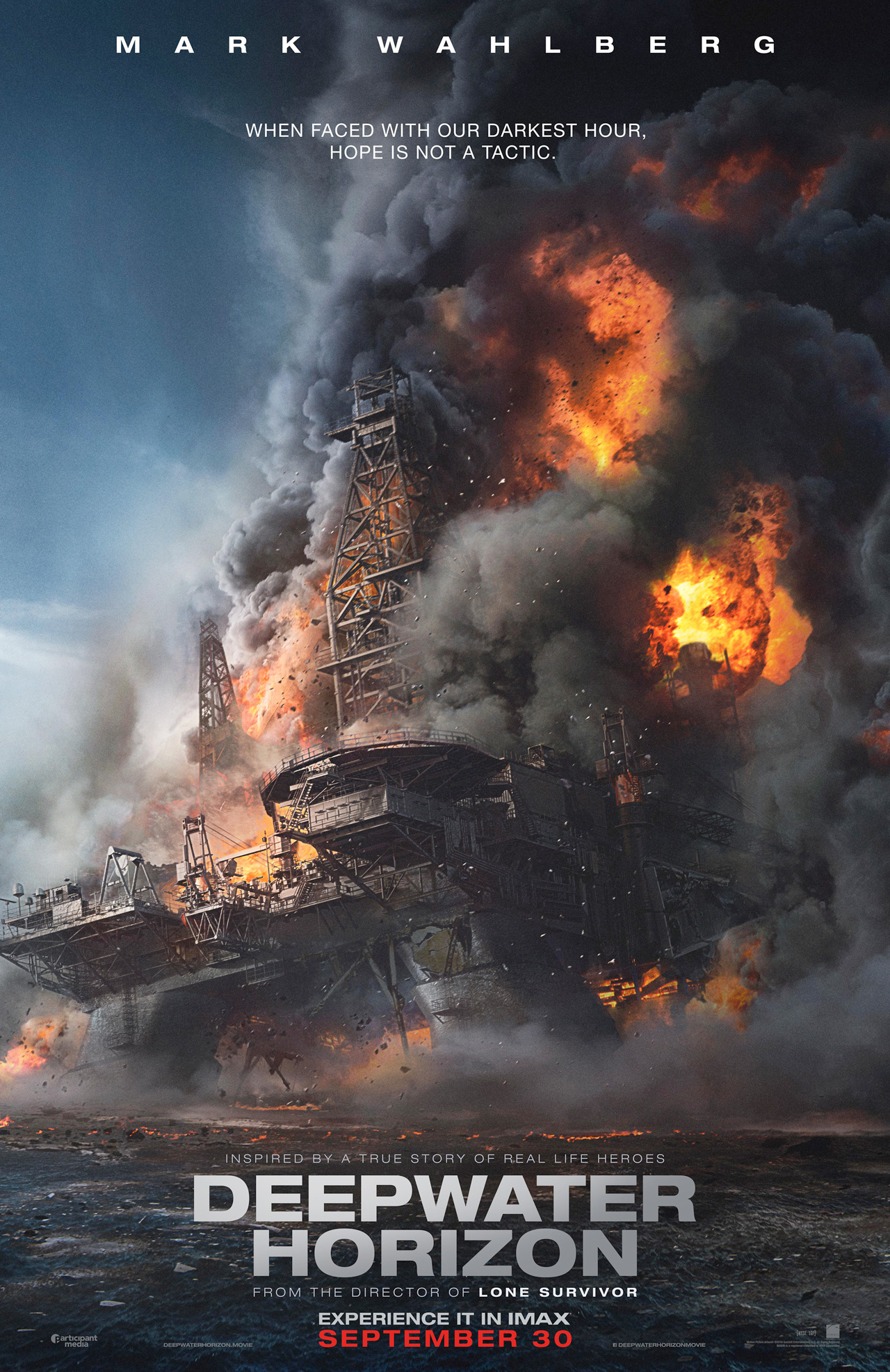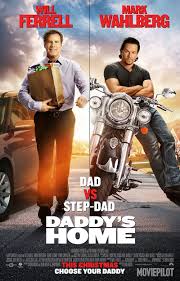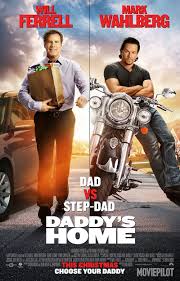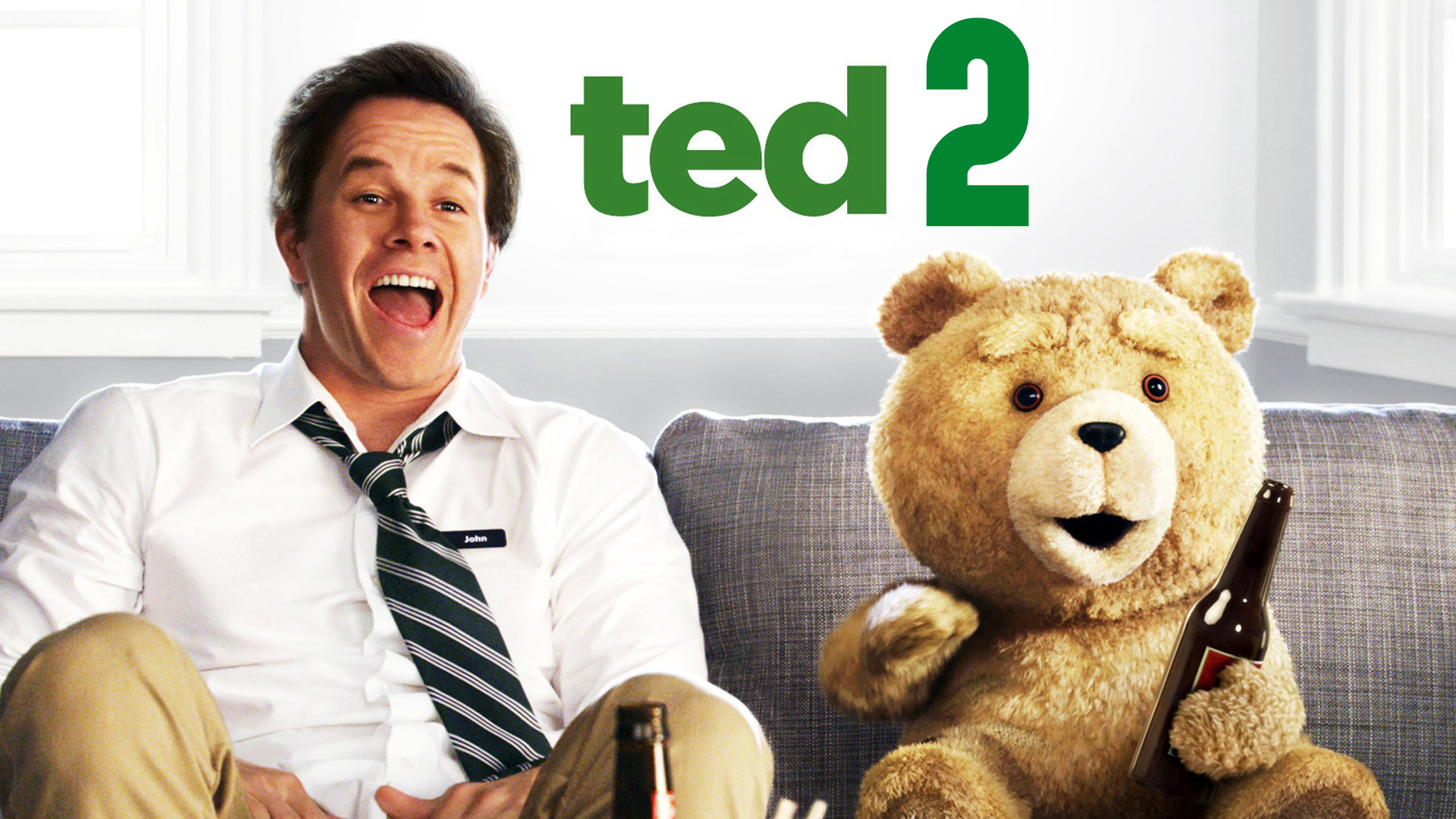Deepwater Horizon
Posted on September 29, 2016 at 5:54 pm

Berg and screenwriters Matthew Michael Carnahan and Matthew Sand follow the established formula for action films. The first ten minutes make us fall in love with the hero, his adoring wife, and adorable child. That’s not hard to do. The hero is Mike Williams, Mark Wahlberg, his wife is Felicia (Kate Hudson), and their daughter happens to be working on a report for school about Daddy’s job, which gives us a chance to find out about some very technical stuff in very simple terms. Daddy works on an oil rig out in the middle of the Gulf that pumps up oil from under the ocean. “That oil is a monster like the dinosaurs it used to be. My daddy tames the dinosaurs.” And Mommy will miss him very much when he goes. They are adorable. Got it.
The next scene introduces us to hero number 2, the weary veteran who is all about competence and integrity, Captain Jimmy Harrell, superbly played by Hudson’s real-life dad, Kurt Russell. And then there are the guys in suits, who are all about making their numbers and therefore cutting the corners that the veterans knows are not there for show but are actually necessary. There’s a lot of jargon, but basically all you need to know is that the good guys understand that there may be a problem and the bad guys do not want to take the steps necessary to find or prevent it. And the good guys are really endearing, and therefore it all matters a lot.
And then it all starts to blow up, and we get to the real reason for the movie, which is the “who will get out of this and how will they do it?” part. This is where Berg’s strengths really show, as each of the set-pieces are thrillingly staged. He has an exceptional clarity in conveying a three-dimensional space on screen — actually, several of them in different locations — and balancing the urgency of the action with genuine emotion. We see how the people on board think through the problems, from the logistics and the mechanics to the choices based in morality and courage. Wahlberg is, as ever, just right to play the guy you’d like to have next door, a decent, hard-working, family-loving man with enormous capability and integrity. Here, as in their previous collaboration, “Lone Survivor,” Berg keeps the focus on the challenges faced by individuals who have little control over the monumental, life-or-death tasks they are assigned by people far away with little understanding of the consequences of their orders. That worked better in the earlier film, as the story of the soldier far from command has existential implications that are inherent and instantly recognized. Here, the action is disconnected from the consequences that a brief text coda before the credits cannot make up for.
Parents should know that the movie includes extensive peril and violence, with some disturbing images and characters injured and killed, some strong language, and sexual references and a situation.
Family discussion: Why do the people on the rig use the term “Mr.”? Who could have prevented the explosion?
If you like this, try: “The 33” and the documentary about Deepwater Horizon, “The Great Invisible”






